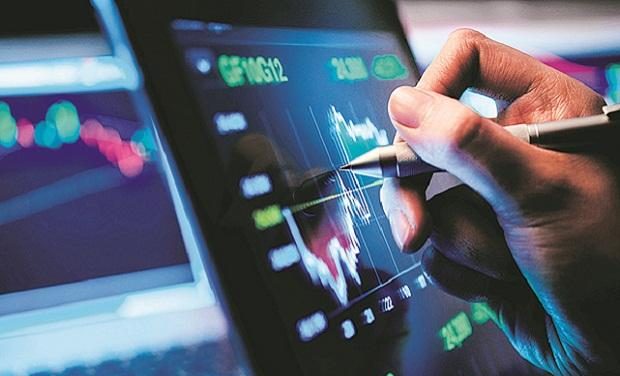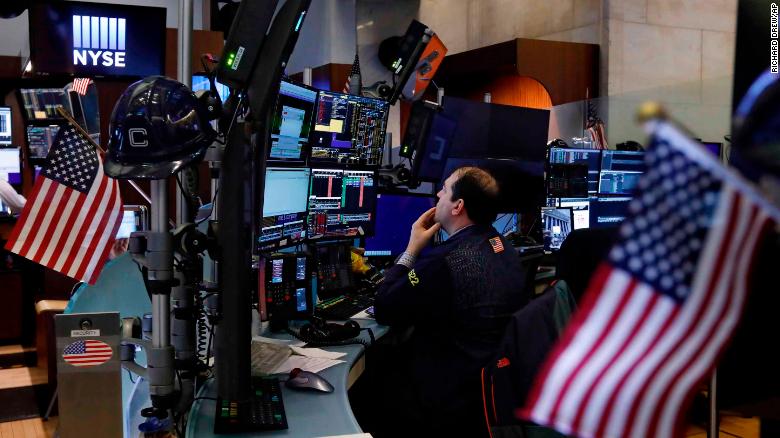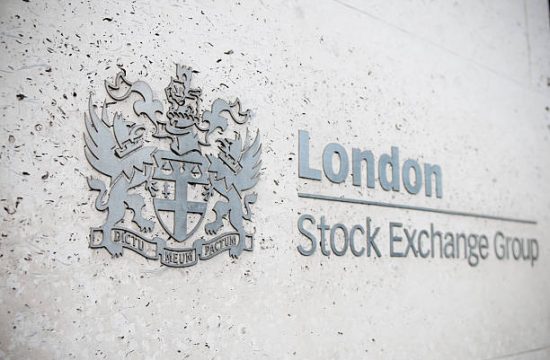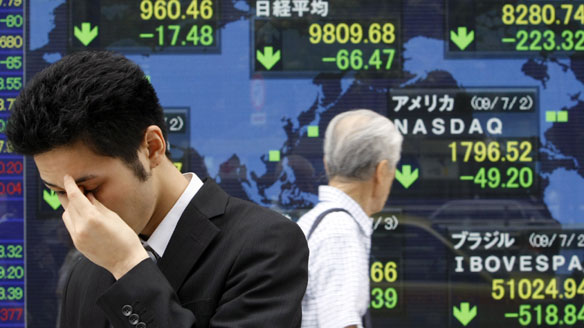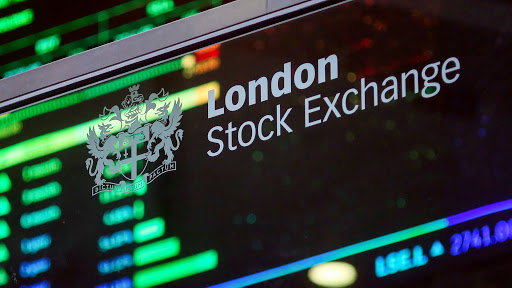Summary: Contrary to 2008, there is no desynchronization of global growth. While the rest of the world is facing a recession, Asia is doomed to experience zero growth this year for the first time in 60 years.
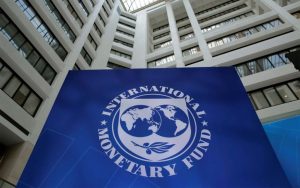
Yesterday, the IMF released its latest report on the global economy and the impact of the COVID-19 (see here the report and here the IFM Economic Counsellor’s foreword). A more detailed report is due to be released next month.
The main conclusions of the report:
· The global economy will experience its worst global recession since the Great Depression with a contraction that could reach -3% this year. Both developed and developing countries will contract.
· Only two countries should end the year 2020 with positive GDP growth: India and China, which contribute to 45% of global growth. India is expected to be the fastest-growing major economy (+1.9% this year), followed by China (+1.2%).
· The rest of the world will go through negative growth: the United States -5.9%, Japan -5.2%, Russia -5.5%, and the European Union -7.5%.
· Asia is expected to suffer zero growth this year for the first time in 60 years.
· The economic losses resulting from the COVID-19 outbreak are estimated at $9 trillion for 2020-21.
· Assuming there is no second or third wave of coronavirus and that the right policies are implemented at the global level, the IMF projects global growth to rebound to +5.8% in 2021.
Below, you have a couple of great charts from the IMF report. Chart 1 represents the comparative impact on GDP growth from the 2008 financial crisis and from the current crisis on both developed and emerging countries. Contrary to 2008, when the emerging world experienced a decent level of GDP growth, there is no desynchronization of global growth taking place now. In the current crisis, both developed and emerging countries are falling into recession.
In tab 2, we see the latest IMF forecasts for the APAC region, which represents roughly 45% of global growth. It covers the main economic indicators: real GDP growth, CPI, current account balances, and unemployment. The most striking fact is that Asia will likely experience zero growth this year, versus +4.6% in 2019. Downward revisions are quite important, ranging from 3.5 ppts in the case of South Korea to over nine ppts in the case of Thailand. However, if the right conditions are met (i.e., the pandemic fades in the second half of 2020 and policy actions are effective), the IMF expects a strong growth rebound next year at +7.6%.
Comment:
The COVID-19 outbreak is an unconventional crisis for policymakers as it is causing both supply and demand disruptions. The supply shock relates to the inability of firms to resume operations while demand is falling in almost every single country, and more sharply in countries where a strict lowdown has been implemented.
Globally, policymakers have taken the right steps to deal with the crisis and have not hesitated for a second to pour massive liquidity into financial markets and to announce extraordinary support packages. In G-7 countries, net asset purchases by central banks approached $1.4tr in March – a historically unequalled figure, about five times greater than the largest monthly purchase during the global financial crisis.
In addition, according to our calculations, the total fiscal stimulus package from G7-countries since early March, including state guarantee, is about €5.5tr or 17% of combined GDP – a level that has never been reached in previous crisis (for more details, see our G-7 Policy Tracker which tracks the latest monetary and fiscal measures implemented by G-7 countries). These figures show how unprecedented this crisis is.
In Asia, which was the first region affected, the policy response is also impressive and was also often quicker, at least on the health front. It certainly contributes to explain why Asia is set to fare better than other regions, even though the impact of the crisis is much worse than that of the global financial crisis or the Asian financial crisis in the late 1990s. The various measures that have been decided helped in stemming the pandemic (i.e., in South Korea or in Taiwan) and led to the launch of massive support programs for businesses and consumers, including direct cash handouts in some countries (i.e., Singapore or Hong Kong).
In China, the policy response is smaller than in the United States or in Europe as the authorities initially considered the shock would be temporary. It mostly consisted of a $130bn support package for SMEs and in subsidizing the purchase of clean vehicles for the automotive sector, but more targeted measures are about to come that could especially offer support to households and businesses hit hardest by the pandemic.
Based on marine traffic data, we can see that intra-regional trade is picking up in Asia but, due to the lack of customers in Europe and in the United States, the Asian global growth engine is not restarting anytime soon, and the prospects look grim for Asian companies in the coming months. Moreover, there is still a lot of uncertainty at the moment regarding the evolution of the coronavirus (a second wave forced Singapore to put in place containment measures) and the economy’s ability to restart fast after the health crisis ended.
The most recent statistics in China confirm that a V-shaped recovery is unlikely. The baseline scenario consists of a U-shaped recovery, but the speed of the recovery will be dependent on many factors, including the hysteresis effect, also called memory effect. In Longer-Run Economic Consequences of Pandemics (March 2020), Jorda, Singh, and Taylor show that pandemics tend to have deep long term consequences, such as labor scarcity and greater precautionary savings.
Similarly, it is probable the COVID-19 will have delayed effects on consumption, unemployment, investment, etc. It will lead to long term value destruction, change in consumer behavior, and a higher propensity to save in many countries. We especially fear that the long term negative consequences on tourism are underestimated. Asian countries that are highly dependent on revenue from tourism are likely to be the most affected by the virus in the long run (notably Thailand, where tourism represents 20% of direct GDP). Adding to that rising protectionism (with Japan setting aside ¥243bn to help firms shift production out of China), the outlook for global trade and the Asian region remain utterly worrying at this stage.
Best regards.

